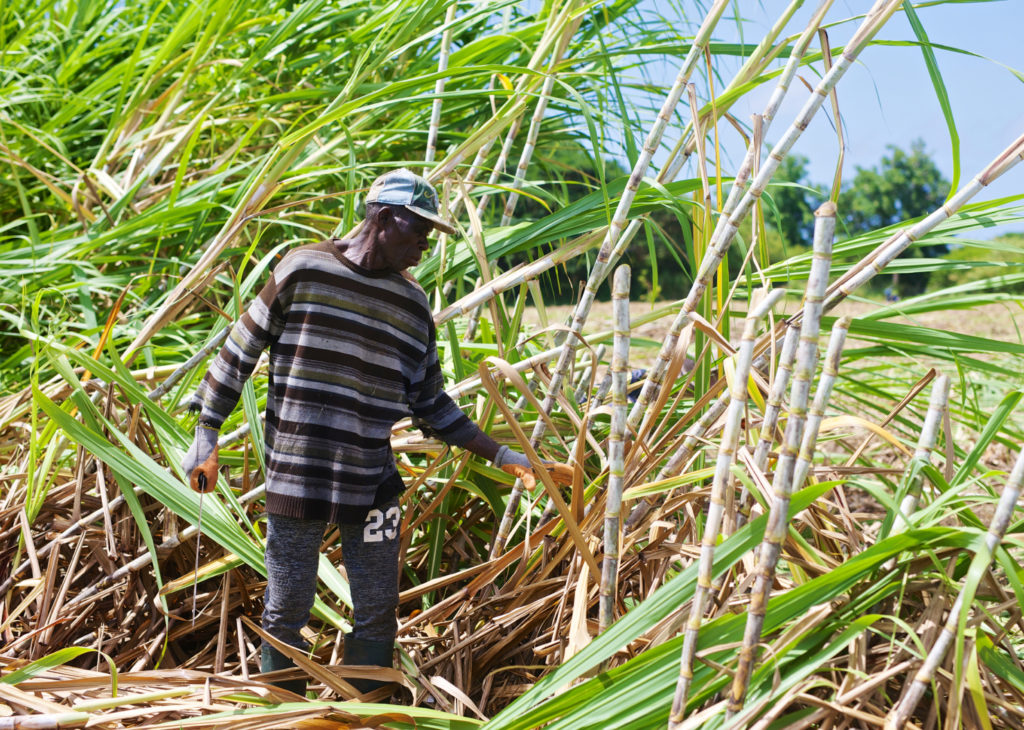hectares of average farm area producing sugarcane
Every year, at the end of the sugar harvest, the cane transporters get ready for the Parade of the Titans, carefully decorating their trucks with string lights and sounding their horns. This festive occasion celebrates their work and brings together young and old along the roads, making this event a much-anticipated popular tradition.
